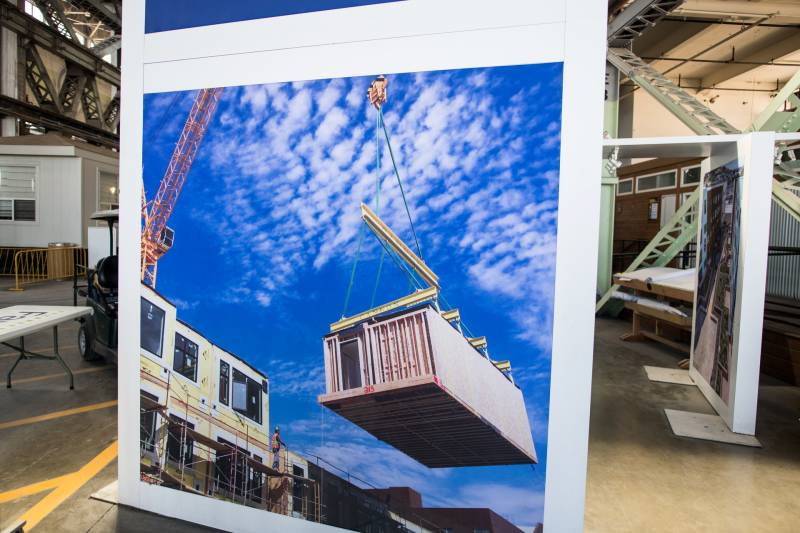We get a lot of questions about why there are so many homeless people in the Bay Area, and what cities and the state can do to make it more affordable to live here. Like so many issues, at least part of the answer comes back to the high cost of housing here.
Despite the current downturn in the rental market because of the coronavirus pandemic, the Bay Area still doesn’t have enough affordable housing. The average cost to build just one unit of affordable housing statewide is $480,000. It’s often more in the Bay Area, where the cost of land, labor and materials are high, and space is limited.
Modular or prefabricated housing is an idea that’s been tried a few times throughout history. It’s never really taken off, in part because the homes had problems. But, some design experts and housing experts are excited about a comeback. They say the technology has gotten a lot better, so the homes being prefabricated are higher quality. And, key for the Bay Area, building with modular is a lot cheaper.
Even some of the region’s biggest companies, like Google, are excited about the idea. The company has invested in a local modular housing startup called Factory_OS. With some big names — and money — behind it, folks like Ryan Smith, director of the Washington State University School of Design and Construction, say modular construction could make a big impact on our ability to build affordable housing quickly and cheaply.

